Mission Update: IBEX - 11/26/2008
With each new probe to a neighboring planet, with each new science mission to study our sun, the moon, another heavenly body, we add to our growing knowledge and understanding of our solar system. Yet, as weve come to know much of how things are in our small corner of the cosmos, were still in search of one fundamental answer.
What are the boundaries of our Solar System? What of the areas that surround and separate us from what lies beyond?
Willis S Jenkins: "We would like to look beyond what other missions have accomplished and have done such as voyager 1 and 2."
From the sun flows the solar wind. It inflates the bubble surrounding our solar system. This heliosphere protects Earth, and every living thing on our planet, from dangerous galactic cosmic rays. But how? How does the heliospehere interact with the harsh environment of the Milky Way galaxy to keep us safe?
A new mission, IBEX, the Interstellar Boundary Explorer, is about to search for answers.
Willis S Jenkins: "The outer boundary that we have now we kind of defined it through again previous missions. We have somewhat of a clear picture, but this would go again. This would be a better definition of where it is."
IBEX will go into orbit 200-thousand miles above the Earth most of the way to the moon. Itll use a pair of atom sensors thatll act as cameras. Theyll produce first-of-its-kind images depicting the interactions between the million mile-per-hour solar wind and the interstellar medium, the low-density material between the stars. Every six months, IBEX will complete an all-sky map of the interstellar boundaries, telling us more about they work, and how they protect us all.
Willis S Jenkins: "As we go out to explore out in to mars and going back to the moon, we want to know what those effects are as we go through these various areas within space."
-
 3:13
3:13
LoveSpaceEarth
1 year agoMission Update: GALEX - 2009
2 -
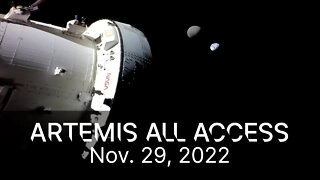 5:35
5:35
Kurt's News
1 year agoArtemis All Access – Updates on Orion’s Journey in Space – 11/29/22
23 -
 11:50
11:50
The Tesla Space
1 year agoThe 2023 SpaceX Update Is Here!
4 -
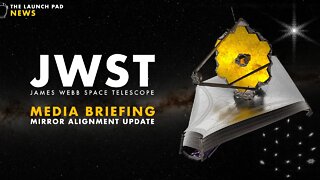 1:00:02
1:00:02
TheLaunchPad
2 years agoUPDATE! James Webb Media Briefing #NASA #WEBB
12 -
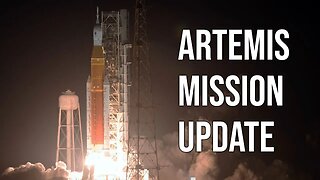 8:00
8:00
Space News Pod
1 year agoArtemis 1 Update + SpaceX Starshield
9 -
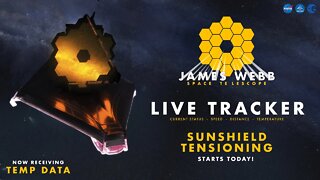 6:08:43
6:08:43
TheLaunchPad
2 years agoLIVE UPDATE from NASA - Final Tensioning In Progress! - James Webb Tracker! #NASA #WEBB
5 -
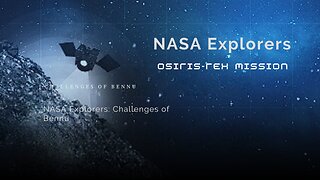 22:17
22:17
jtpamaz
5 months agoNASA Osiris Rex Mission
69 -
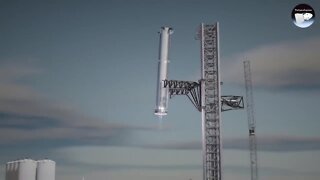 3:17
3:17
Bandara87
1 year agoLet's look at the 2023 update of the SpaceX Starbase
4 -
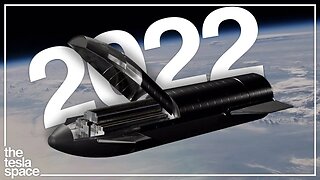 15:10
15:10
The Tesla Space
2 years agoThe 2022 SpaceX Update Is Here..
4 -
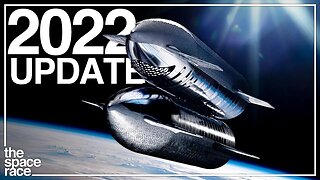 14:32
14:32
The Tesla Space
2 years agoThe 2022 SpaceX Starship Update Is Here!
6